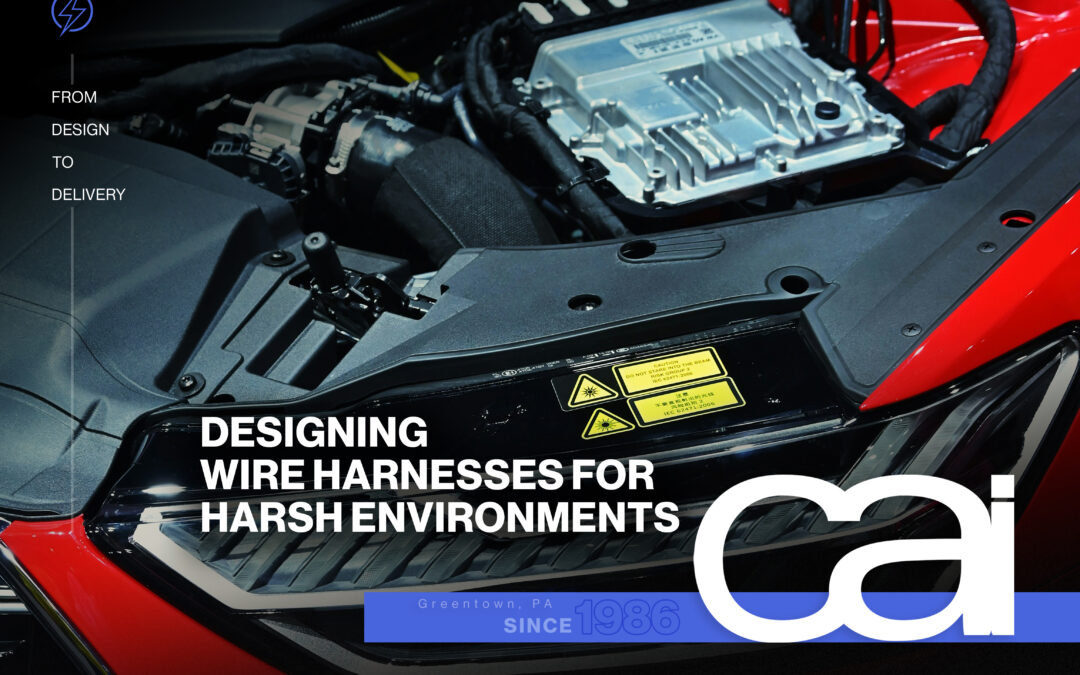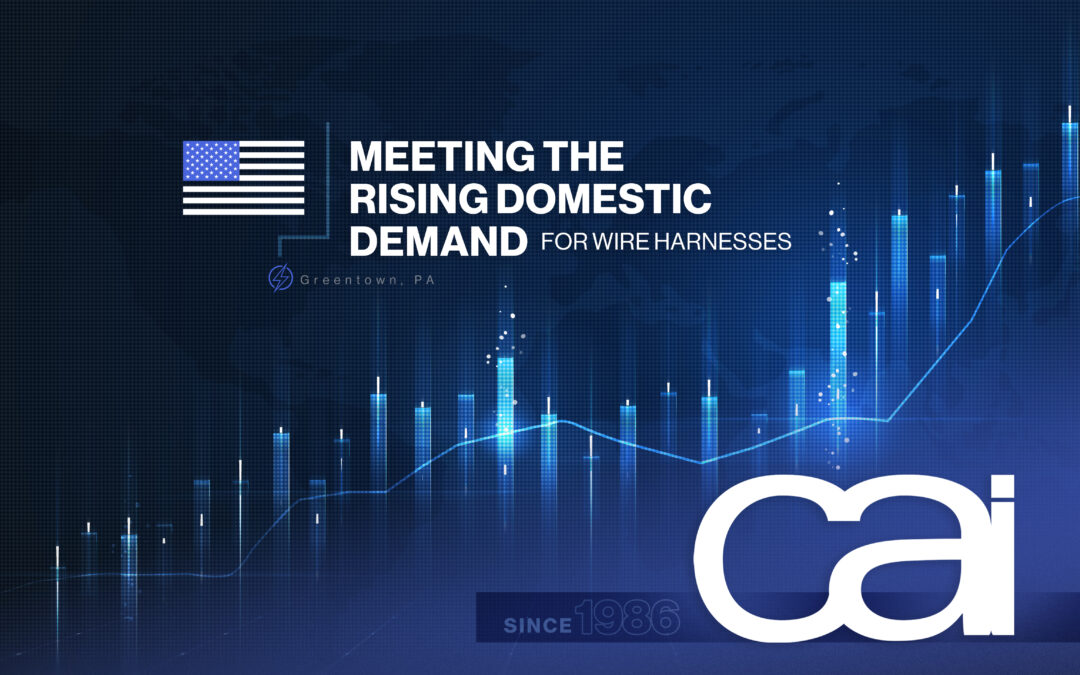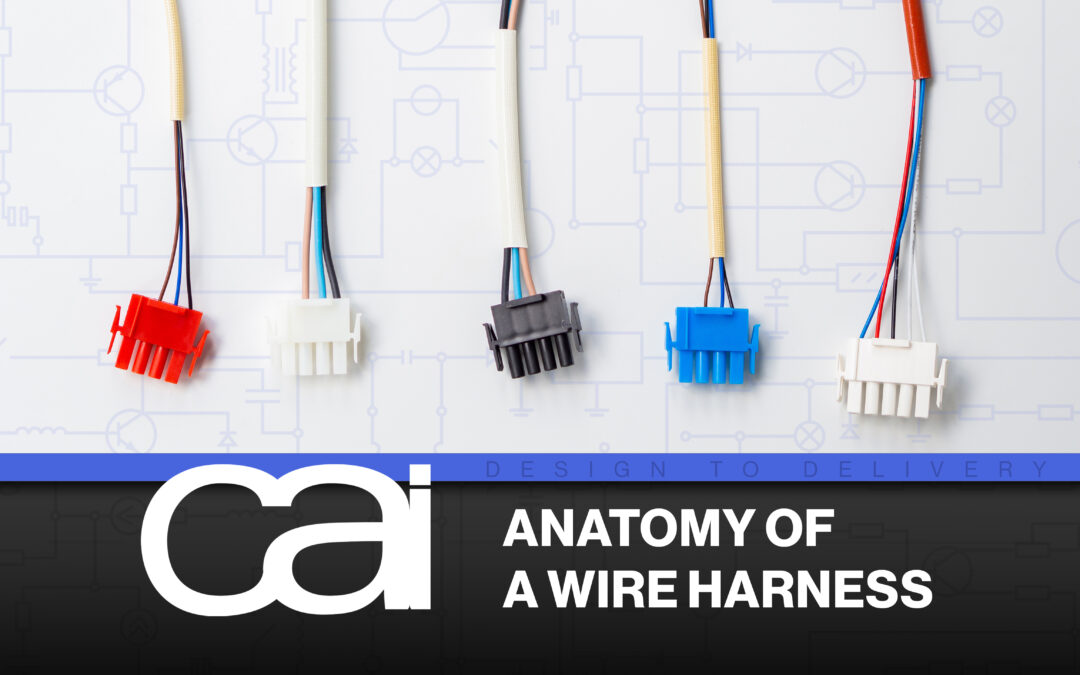Handling the Progressively Shorter Lifespans of Electrical Components
As technology advances faster and faster these days, businesses can have an increasingly harder time keeping up. While advancements typically enhance efficiency, they can also adversely affect bottom lines when costly machines and equipment quickly grow obsolete.
A legacy device refers to an outdated computer or other electrical system that’s no longer in production, supported, commonly used, or compatible with newer technology. While one might think the best thing to do with legacy devices is to get rid of them, a number of businesses continue to use them for a variety of reasons including a preference for the familiar or not wanting to invest the extensive resources, time, and money it takes to maintain, upgrade, or replace them.
In order to continue using legacy devices, certain modifications must be made, especially when old parts just aren’t doing the job anymore. End-of-life (EOL) components are essential parts such as cable assemblies and wire harnesses found in legacy devices that are unable to be acquired in the market. When these components fail to work properly, it’s often difficult finding suitable replacements that are in compliance with government regulations and meet the same specifications as the original.
For over 35 years, CAI has been the go-to supplier of custom wire harness, cable assembly, and component manufacturing for industries across the globe. When it comes to dealing with EOL components and legacy devices, we’ve seen it all before and can put together the best solutions to meet your unique applications.
How to Deal With EOL Components
While it can be a difficult task, there are a few steps manufacturers can take to mitigate the issues associated with EOL components and legacy devices.
Incorporating the Most Common Components
During an electrical product’s original design, choosing common components and those which have become industry standard can help you avoid their EOL and the need to replace or modify them for as long as possible.
This takes a thorough understanding of industry trends and which components are forecasted to have the longest staying power over the coming years. A trusted and experienced manufacturer is your best bet for anticipating and preparing for EOL down the road and knowing the best standard components to incorporate into your product and increase its lifespan.
Finding Alternative or Equivalent Components
When a component reaches its EOL, it’s possible that there are components on the market that can make a suitable replacement, but this requires extensive expertise and diligent research to find the best options — whether it’s an equivalent component, which has the same or nearly the same electrical specifications as the EOL component, or an alternative component (which can be configured to perform the same functions in a design, even without the same specs). It’s also important to be able to surmise if those parts are available in sufficient quantities and in the desired time frame to match the needs of the project.
Redesigning the Component
Sometimes there are no practical alternatives available, but you still may want to find an affordable solution to continue using legacy designs. This is where a redesign of the components may be necessary. Also, if replacing an EOL component with available alternatives is costly, then you may want to consider the price compared with that of a redesign. Not only can a redesign improve performance but it can also mitigate the chance of other components reaching their EOL sooner than desired.
To ensure the longevity and reliability of the system before you create it, it’s always a good idea to consult with experts and conduct a comprehensive audit of your product’s design to identify at-risk components and evaluate alternatives. Dealing with EOL components can be a challenging process, and it takes real know-how of what’s out there to provide reliable options for legacy devices.
From high-quality original designs that prolong the usefulness of components to finding the best alternatives when components reach their end of life, CAI has the solutions you need to ensure your electrical systems continue to function properly. Talk to us today about your unique custom component needs.





